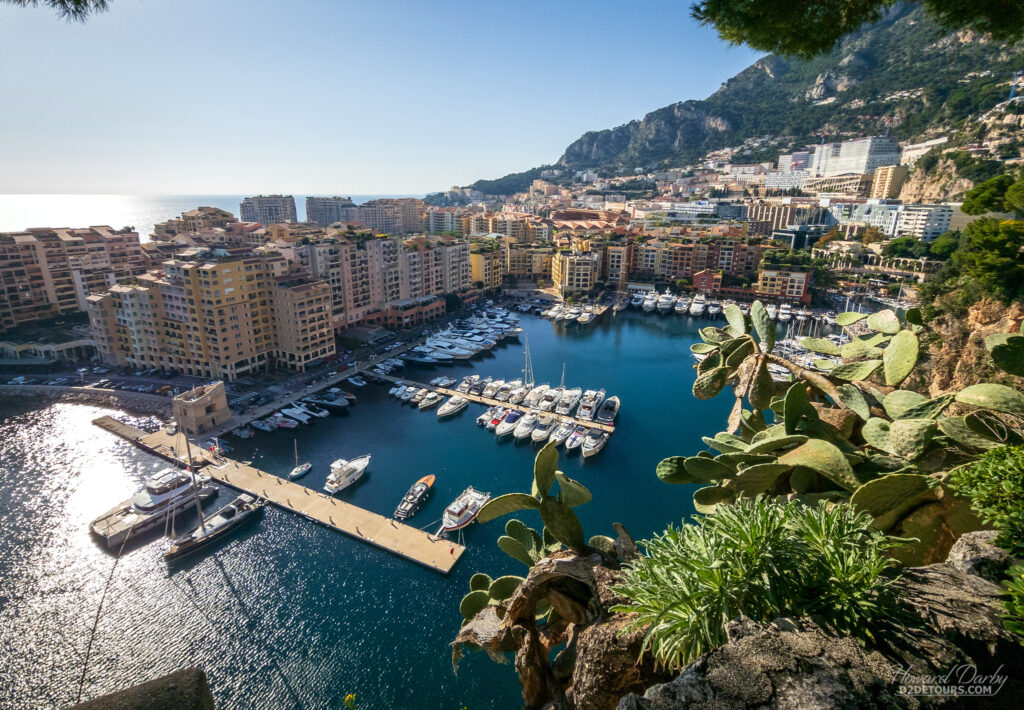
For the last three years, when the days grew shorter and the mercury began a slow slide down the thermometer, we’ve made a beeline for the Iberian Peninsula, alternating between the coasts of Spain and Portugal. This year we opted to spend a month on the French Riviera, specifically the resort town of Juan-les-Pins, nestled between Cannes and Nice.

While the spelling of Juan-les-Pins adheres to the local Occitan dialect, its pronunciation follows conventional French (zhahn). It is a district within the commune (municipality) of Antibes (On-teeb) and the area is collectively referred to as Antibes Juan-Les-Pin.

The city of Antibes is ancient, with its roots dating back to the 4th century BCE when the Greeks were busy colonizing the Mediterranean; the Juan-les-Pins settlement is much younger. In 1882, while holidaying on the French Riviera, the Duke of Albany (Queen Victoria’s youngest son) thought this lovely stretch of sandy beach, surrounded by stone pines, would make a superb holiday retreat and the village of Juan-les-Pins was born. A railway station soon followed in 1883 and its popularity soared – there are 48 beaches along the 25 km / 16 mile coastline of Antibes Juan-Les-Pins.
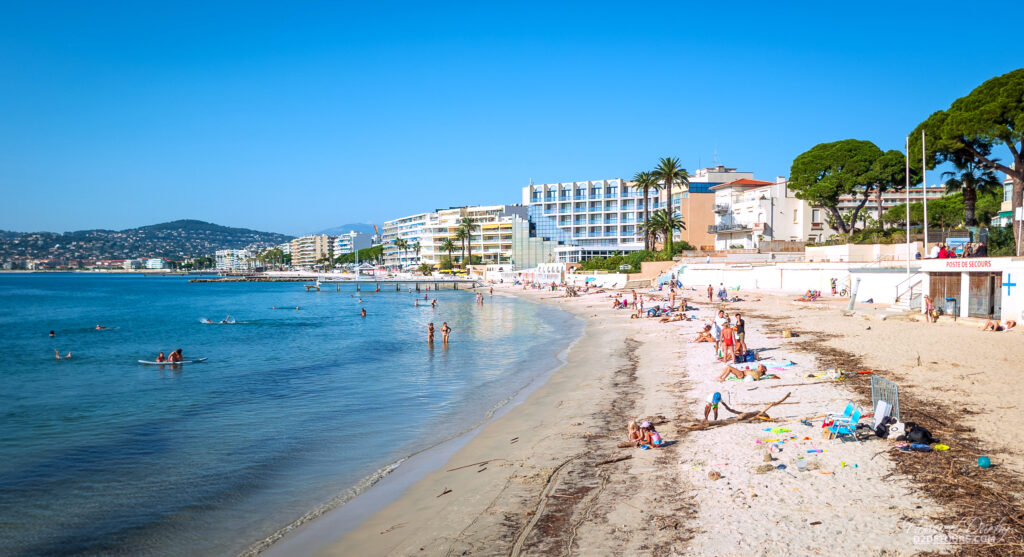
Dollars – When compared to a month in either the Algarve district in Portugal or the southeastern coast of Spain, the French Riviera proved to be more expensive, but only slightly so. It would not preclude us from returning another year should the opportunity present itself.
| Cost/Day (2 people/28 nights) |
What’s Included? | |
|---|---|---|
| Basic living expenses | $129/day Canadian ($92 USD / €87) |
Accommodation, sightseeing, groceries, restaurants, and local transportation |
| All-inclusive nomadic expenses | $145/day Canadian ($103 USD / €98) |
Basic day-to-day expenses plus: transportation from Genoa to Juan-les-Pins, data packages, subscriptions (Netflix and other streaming services, website hosting, Adobe Lightroom, VPN, misc apps, etc.), and health insurance |
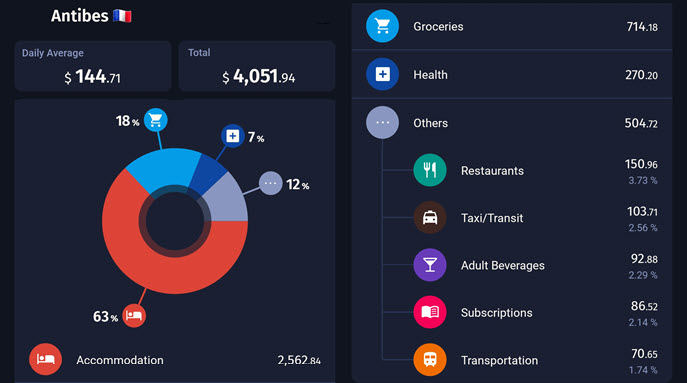
Environment – We stayed a couple of blocks back from the beach on a relatively busy street. We had a bus stop right outside our apartment entrance and were a 10-minute walk from the train station, which made for easy day-tripping. The Airbnb was tiny yet functional, in a very quiet building with mostly residents versus short-term renters. The kitchen was reasonably well-equipped, and we had our choice of supermarkets and bakeries within walking distance. Our favourite feature was the sliding patio doors. They ran the length of the living space and opened onto a large balcony looking out over the town at the pine tree-covered hills in the distance.

Tips, Tricks & Transportation – The cities along the Côte d’Azur are well connected by either bus or train. Depending on the route/distance, however, it can get rather costly. Single-ride bus tickets are €2.50 / $3.70 CAD and are not transferable, ie when you change buses you need to buy another ticket. The bus drivers sell the tickets and will make change from small bills. Stops are displayed on an overhead board at the front of the bus, in addition to being announced as you near them. Notwithstanding those resources, Howard still followed along in real-time on Google Maps, which has proven helpful in the past when a route unexpectedly changed (Oostvoorne, I’m looking at you) and saved us once again when we took the bus from Juan-les-Pins to Saint-Paul de Vence. As we were approaching our expected stop, construction forced the bus to turn right rather than left. We hopped off at the next available stop which left us backtracking several blocks to the station where we’d planned to change buses. Be sure to follow bus etiquette by saying “au revoir, merci” to the driver (goodbye, thank you) when exiting the bus – even if you’re getting off at an unintended stop!
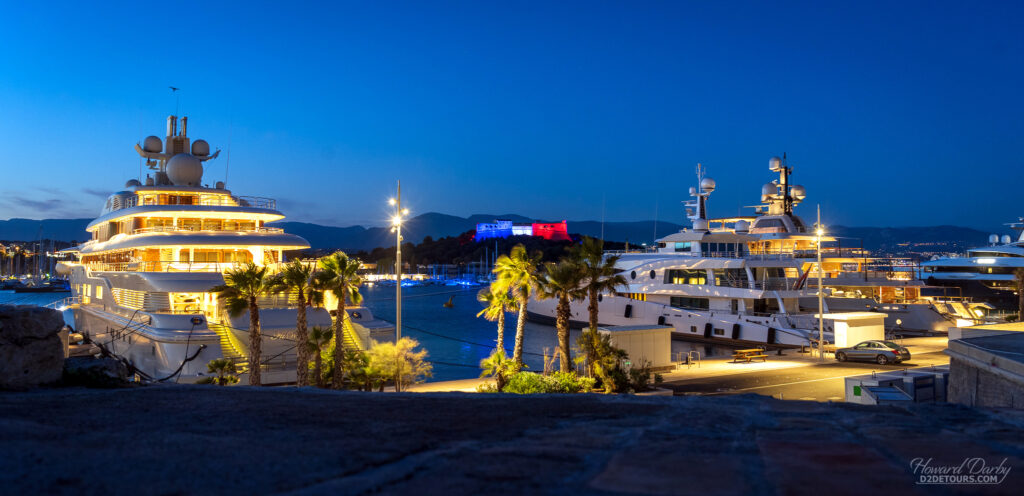
We opted for the train to visit Monaco given the longer distance (about an hour away). While it was certainly faster, it came with a much higher price tag – close to $30 CAD/pp roundtrip. Train tickets are purchased from machines in the stations, or, depending on the time of day, from a manned ticket booth. The automated machines only offered the option of a single ticket or a roundtrip. We discovered later that a day pass is available for purchase from the manned booths – a considerable savings versus two single tickets! Unfortunately the booth in Juan-les-Pins had not been open the morning we were traveling.

Out and About
For all its sophistication, France has a dog poop problem. A 2015 survey conducted by a worldwide pet supply company put France at the bottom of poop pouch sales with 3,600 units sold compared to 1.85m in the UK. One does need to be vigilant when walking. We alternated between admiring the sapphire-blue Mediterranean Sea from the promenade in Juan-les-Pins and looking down at the sidewalk. We regularly strolled the path along the sea and noticed the number of sunbathers dwindle as autumn tightened its grip on the region and temperatures dipped below 17°C / 62°F.
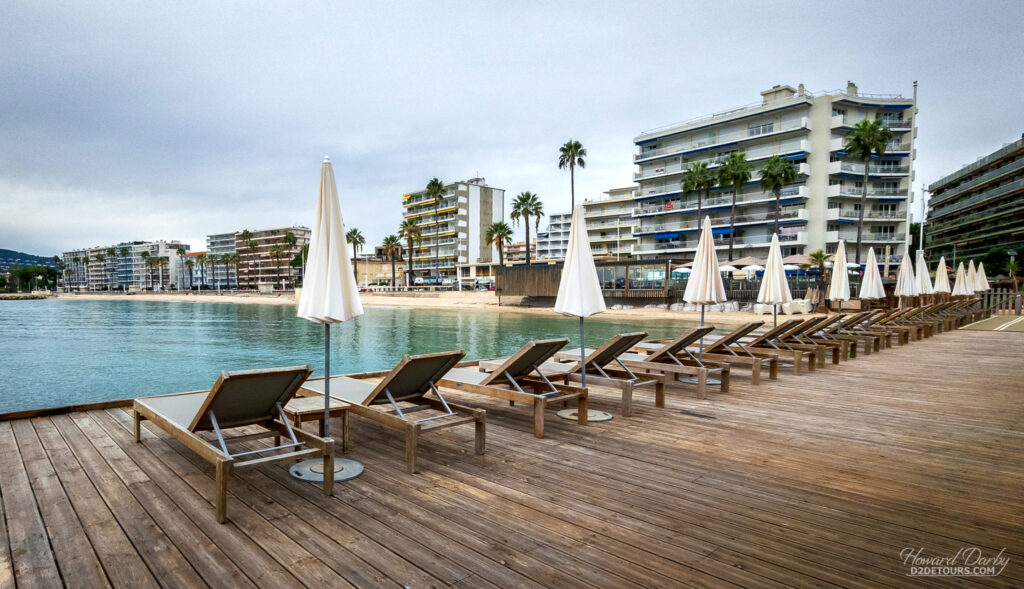
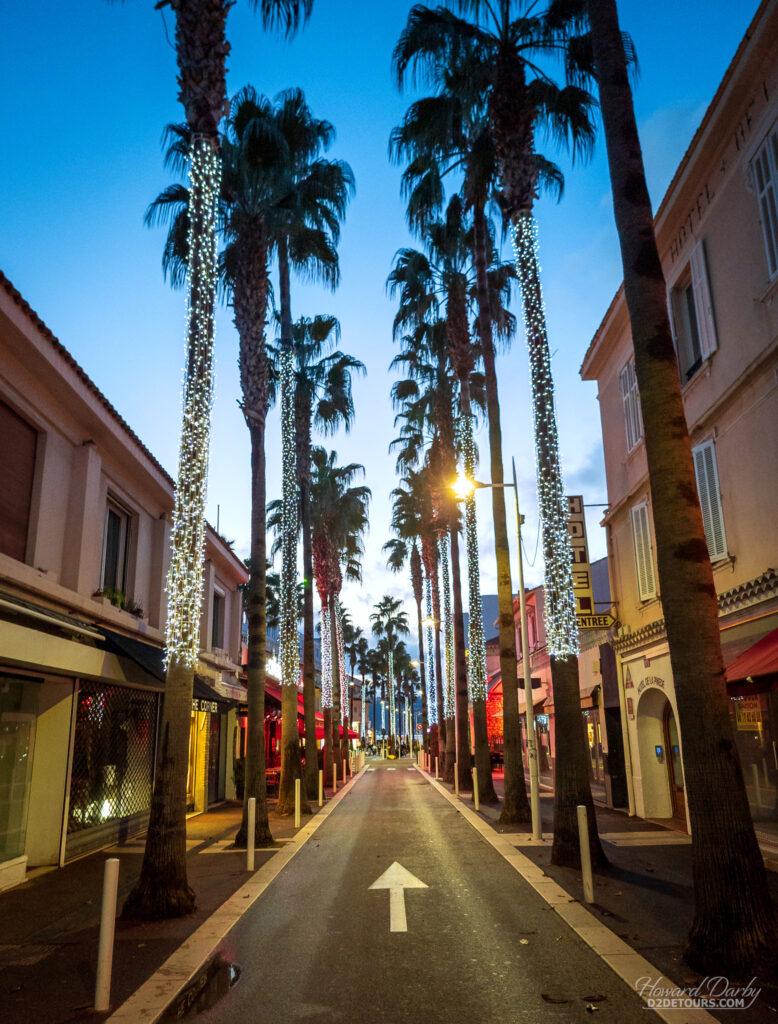
From our Airbnb in Juan-les-Pins, it was about a 30-minute walk across the Cap d’Antibes peninsula to reach the center of the city of Antibes. Originally one of many ancient Greek colonies surrounding the Mediterranean, Antibes would ultimately spend several centuries passing between the hands of various powerful French and Italian Houses, before the Kingdom of France prevailed in 1481.
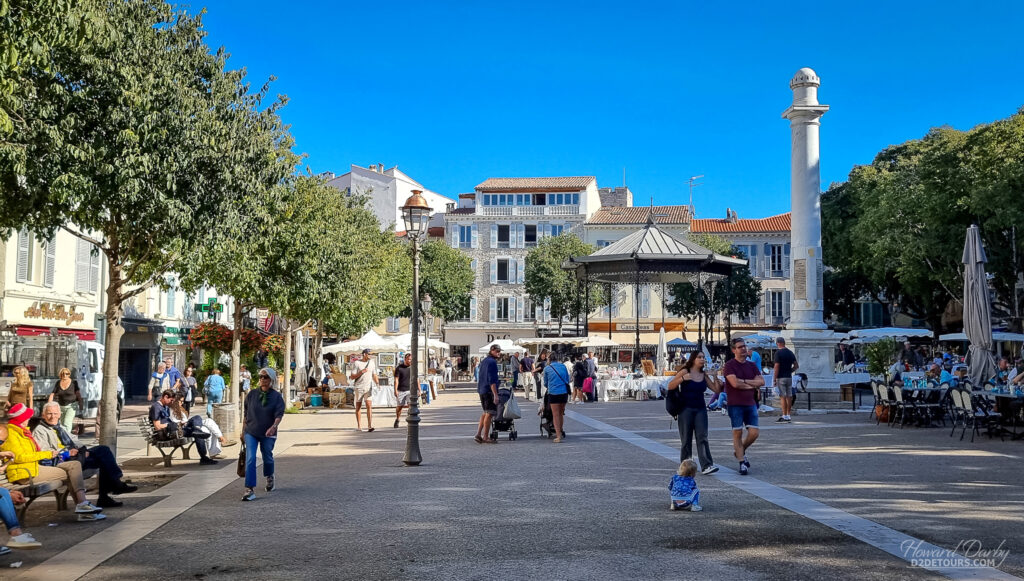
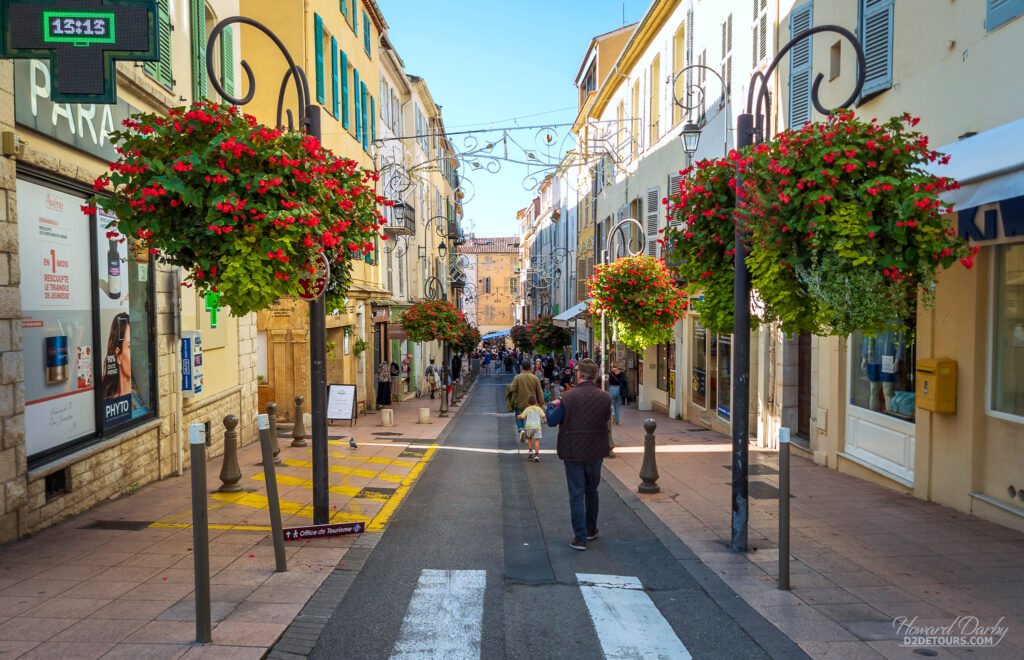
The old city of Antibes is very pretty to walk around but has a much more touristy vibe to it than Juan-les-Pins. History books often note that, following his exile, Napoleon landed in Antibes in 1815 and from there began his march to Paris. Technically that is true, he landed in the commune of Antibes. He actually again set foot on French soil in Golfe-Juan, a small fishing village roughly 6 km / 4 miles west of the Antibes port and very close to where we stayed.

Little has been written about Cannes (Con) before the Saracens sacked the region in the 9th century and were ousted in the 10th. It had been another ancient Greek colony and the site of a violent battle between Roman forces and the Celto-Ligurian (Italian) tribes who had settled the area when the Greeks left (Rome won). Monks, who had established a monastery in the 5th century CE on one of the Lérins Islands just off the coast, were responsible for many of the fortifications necessary to keep the Saracens from returning. Most notably, they built a castle above the port of Cannes in 1035. By 1530, the city of Cannes had extricated itself from the monks’ dominion and declared independence.
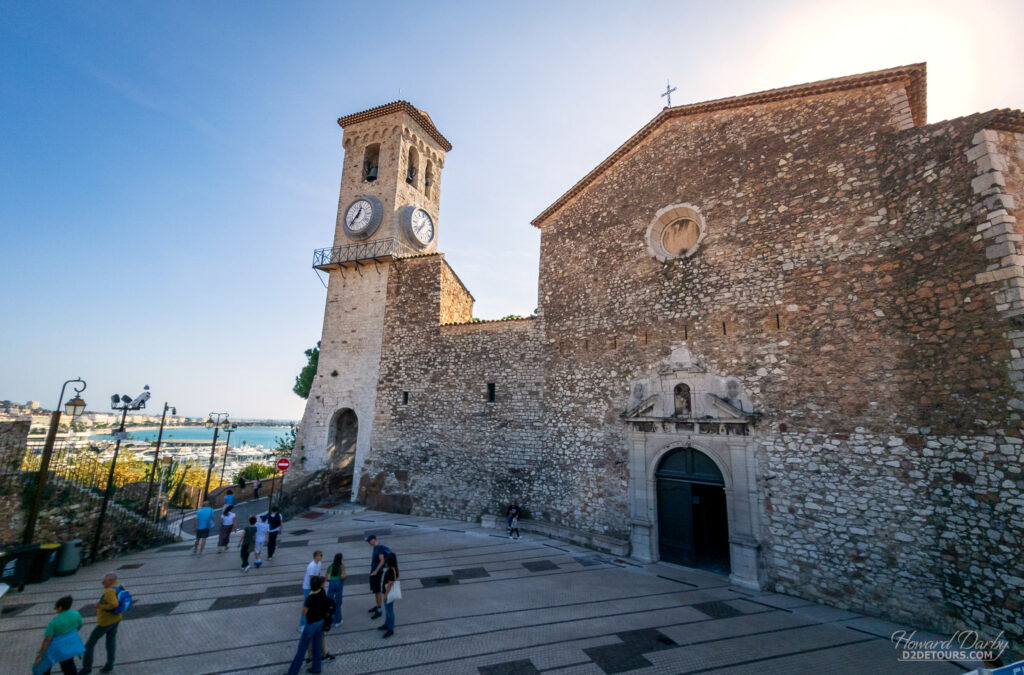
In the early 19th century, a handful of wealthy Brits built lavish villas along this picturesque seaboard and it soon became a trendy spot to escape from the dreary English winters.
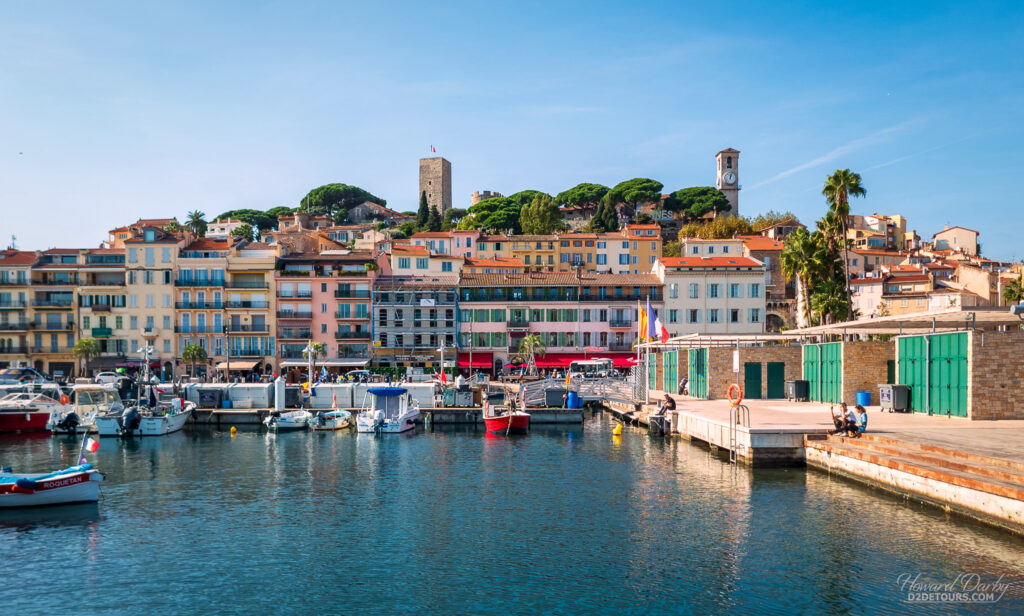
Several clever entrepreneurs recognized that sun and sand alone might not be enough to sustain this influx of tourists. By the end of the 19th century a thriving gambling industry was up and running, patterned on the success of nearby Nice. Today, Cannes is synonymous with Hollywood. In 1938, with the full support of the British and American film industries, France proposed hosting a film festival to counter the fascist bias dominating the festival in Venice, the only international film festival at the time. On August 31, 1939, the Cannes Film Festival opened with a gala hosting many of the biggest stars from Hollywood. The next day, Germany invaded Poland. Initial hopes were that the festival could just be postponed and it was, until 1946!
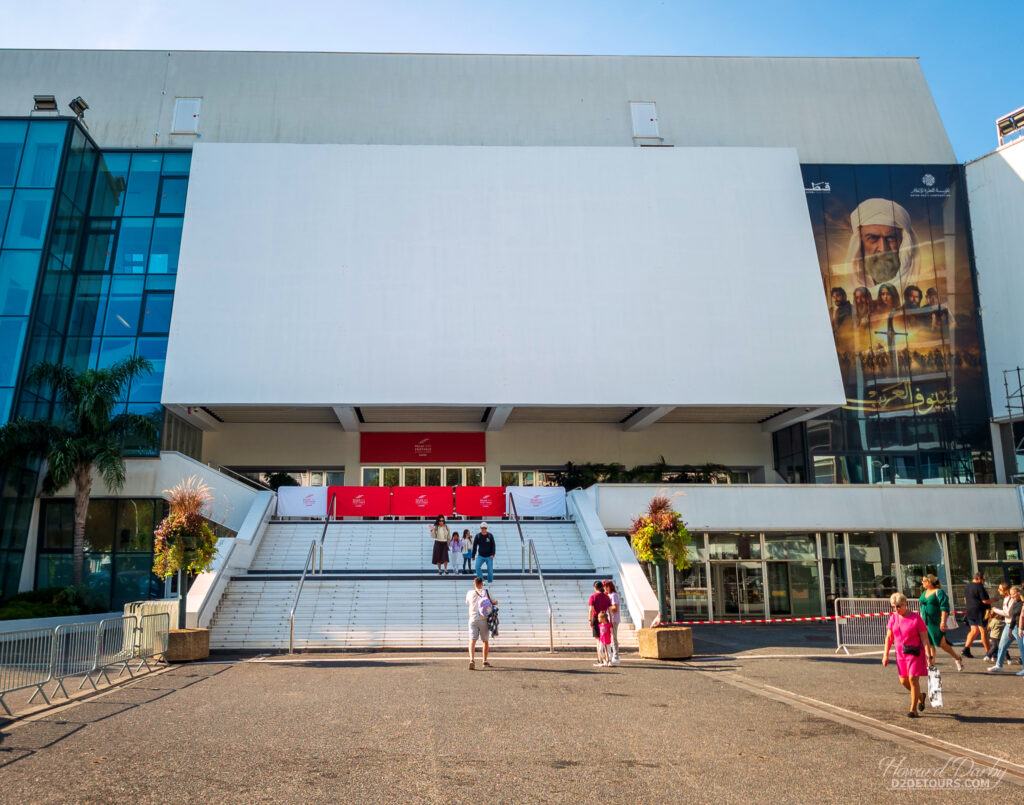
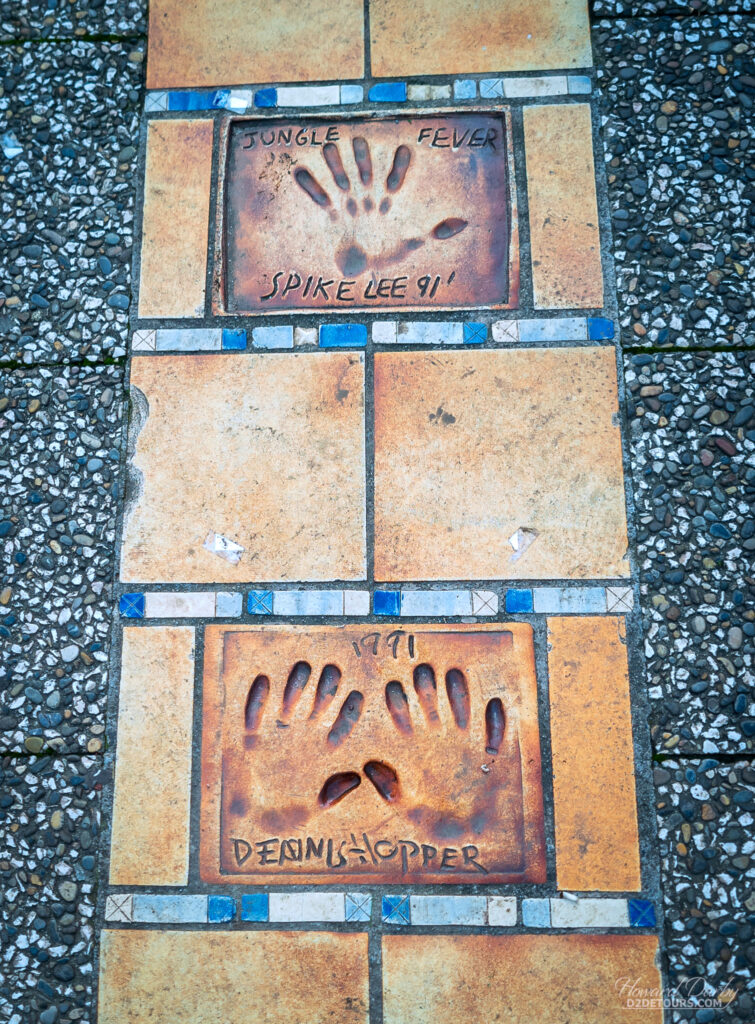
Though the city mostly has the look and feel of a wealthy seaside resort, there are glimpses of Cannes’ pre-Hollywood history, like the window to the prison where the “Man in the Iron Mask” was once held. Interesting tidbit: that the man behind the mask was a relative of Louis XIV was a tale spun by the 18th-century writer Voltaire, and further embellished by novelist Alexandre Dumas. Modern historians believe the prisoner, whose identity was hidden by a velvet hood, was in fact simply the valet to a political rival imprisoned by Louis, and his confinement resulted from concern that he might divulge sensitive information gleaned from his employer.
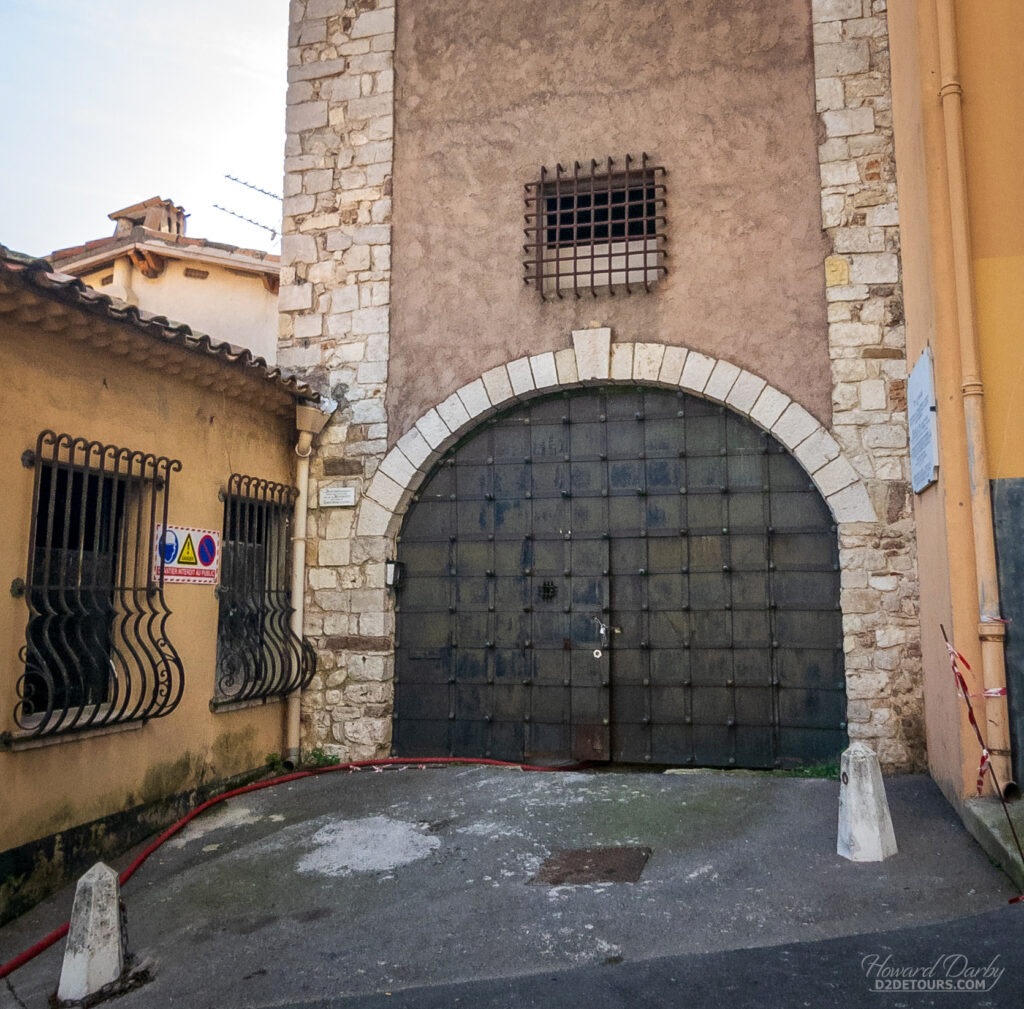
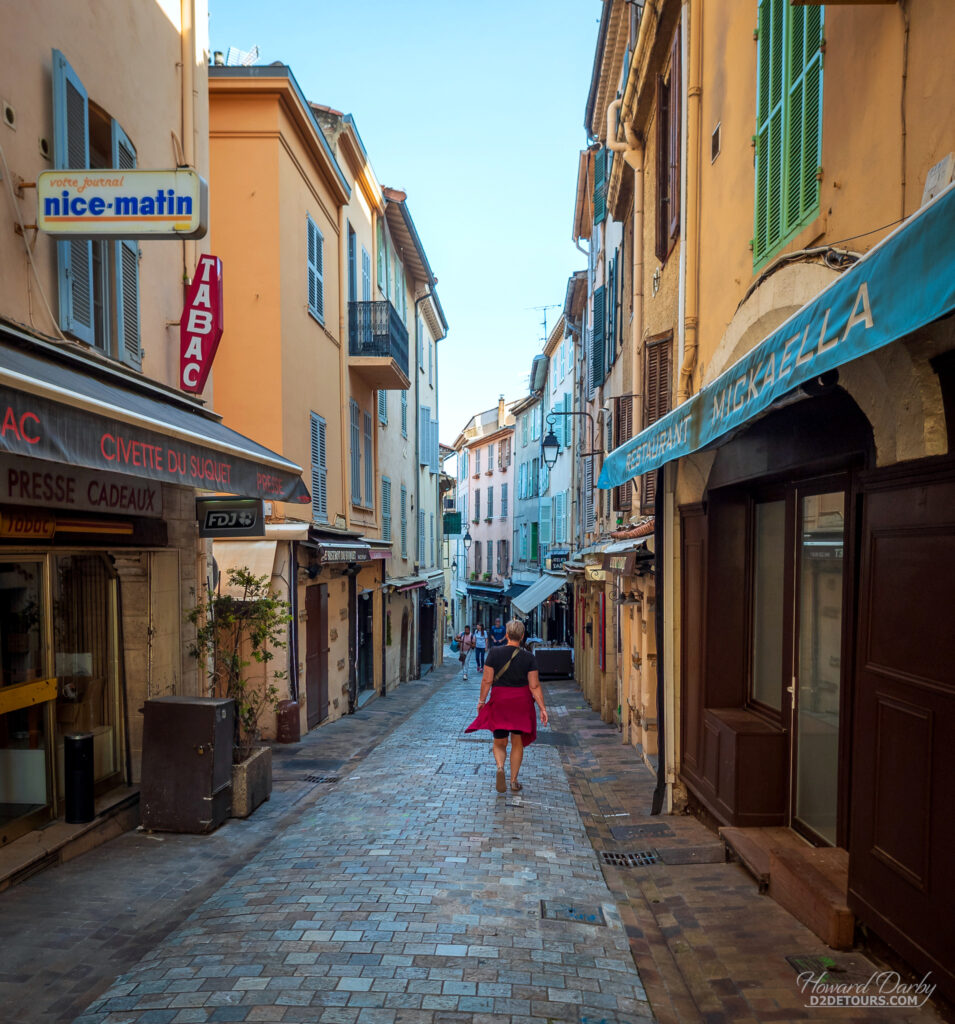
The Principality of Monaco is one of the seven European microstates (the others are: Andorra, Liechtenstein, Luxembourg, Malta, San Marino, and Vatican City). It is the second smallest microstate, after Vatican City, and has the world’s shortest coastline – 3.8 km / 2.4 miles. It, too, began as a Greek colony, Monoikos.
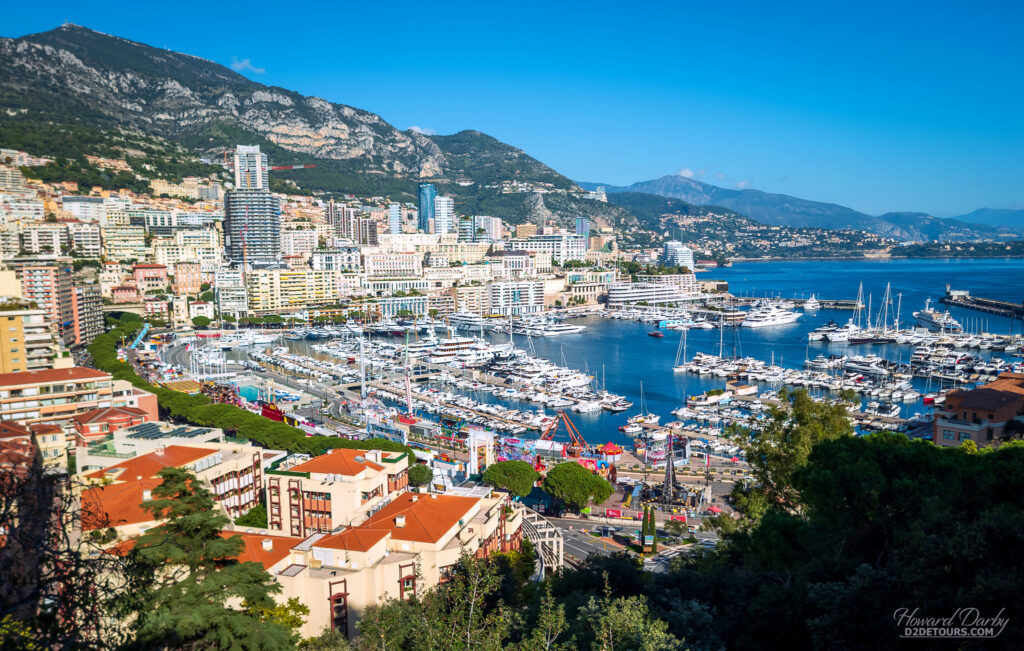
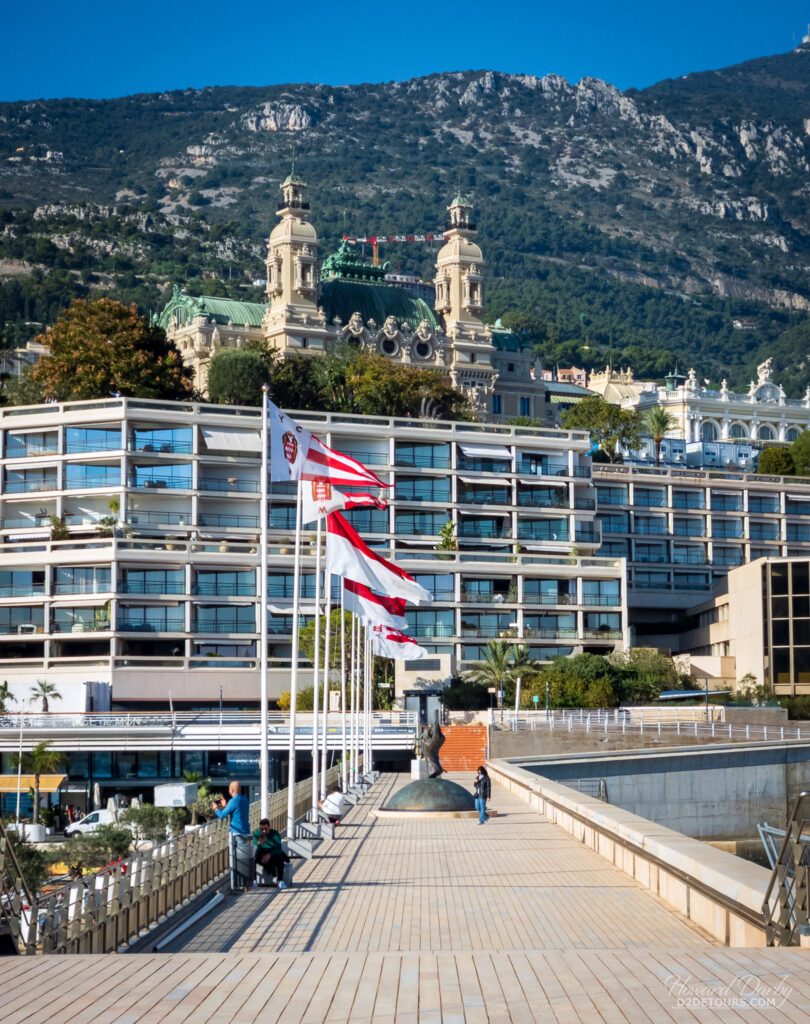
In the early part of the 13th century, the Holy Roman Empire magnanimously passed control of Monaco to the Republic of Genoa. The Genoese aristocracy is perhaps best described as a dysfunctional family. The renegade Grimaldi family wanted this enclave for themselves and spent roughly 80 years trying to achieve that purpose, succeeding in 1297. Despite a few bumps along the road, the House of Grimaldi still rules Monaco today, and was declared a constitutional monarchy in 1911. Home to just under 39,000 residents, it is one of the wealthiest (per capita) countries in the world, and its streets exude elegance.
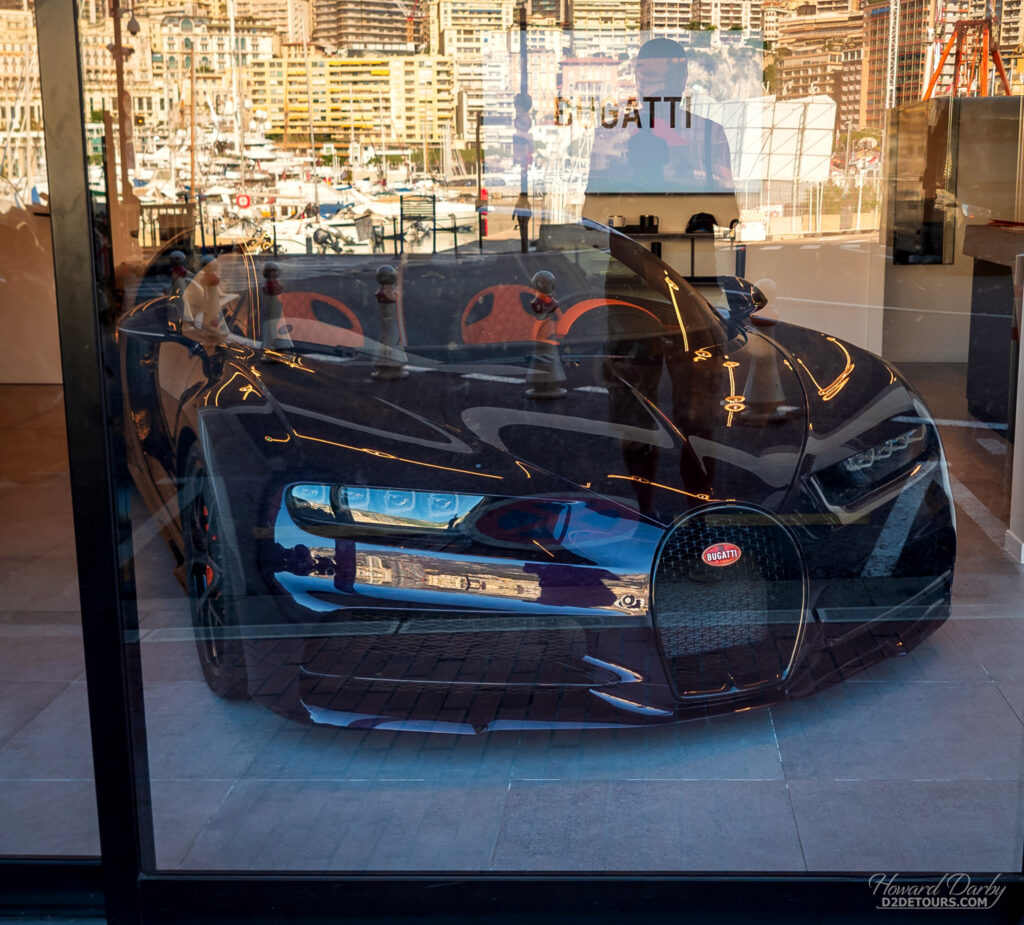
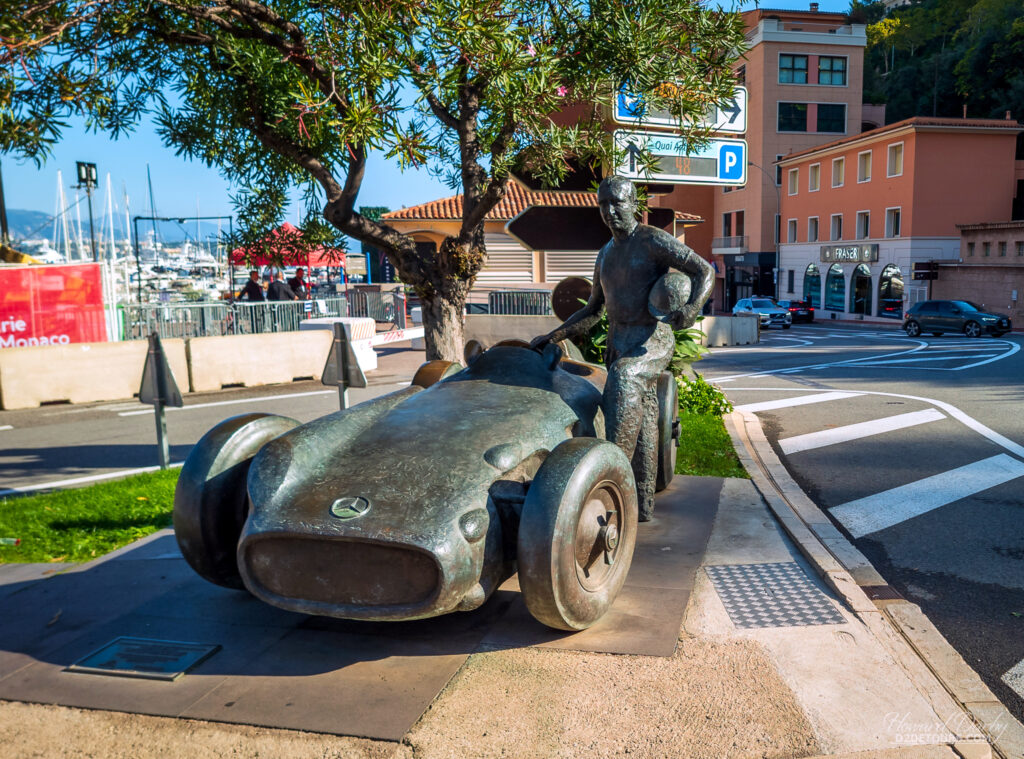
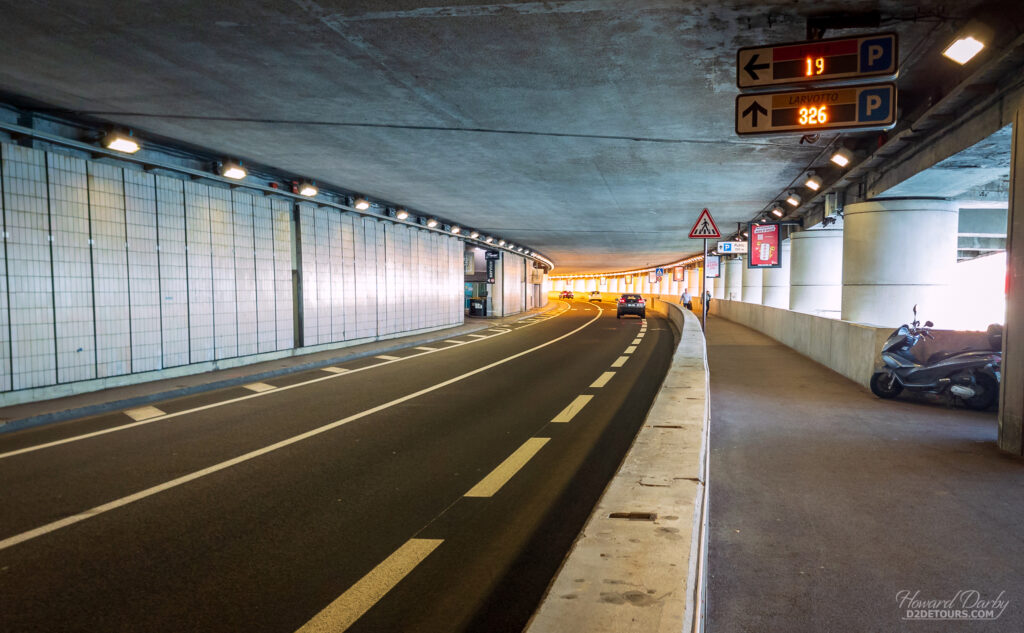
I think the highlight of our month in southern France was a day trip to Saint-Paul de Vence, an inland medieval village about 21 km / 13 miles northeast of Juan-les-Pins.
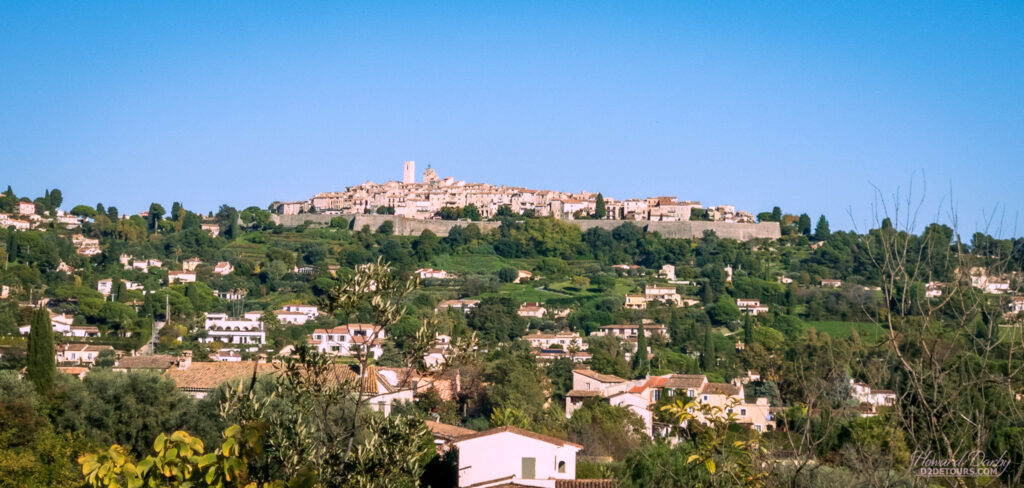
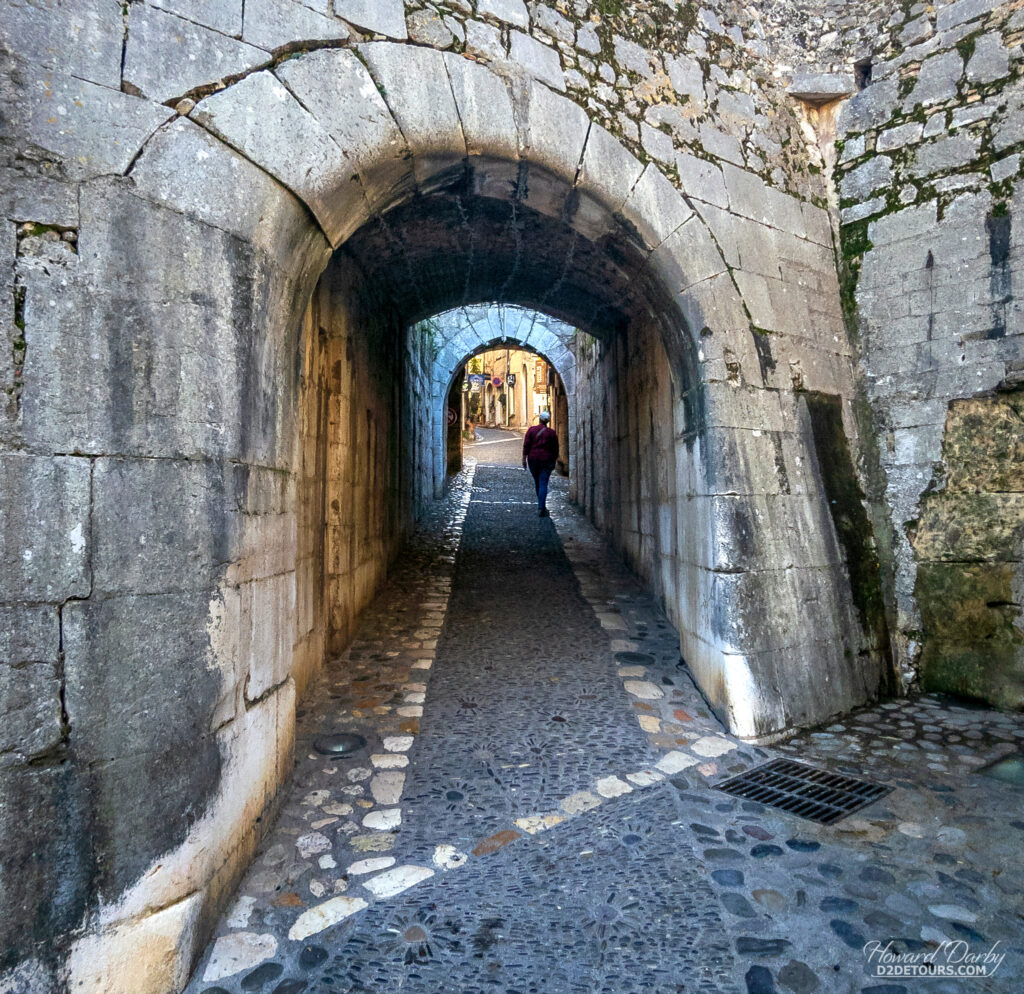
The Rue Grande, following the path of an ancient Roman road, runs the length of the village and leads travelers to the Place de la Grande Fontaine (Fountain Square), the heart of old Saint-Paul. From dawn ’til dusk villagers fetched water for themselves and their livestock, washerwomen worked tirelessly in the nearby washhouse, and in 1285 the King of Naples authorized a weekly (Saturday) market.
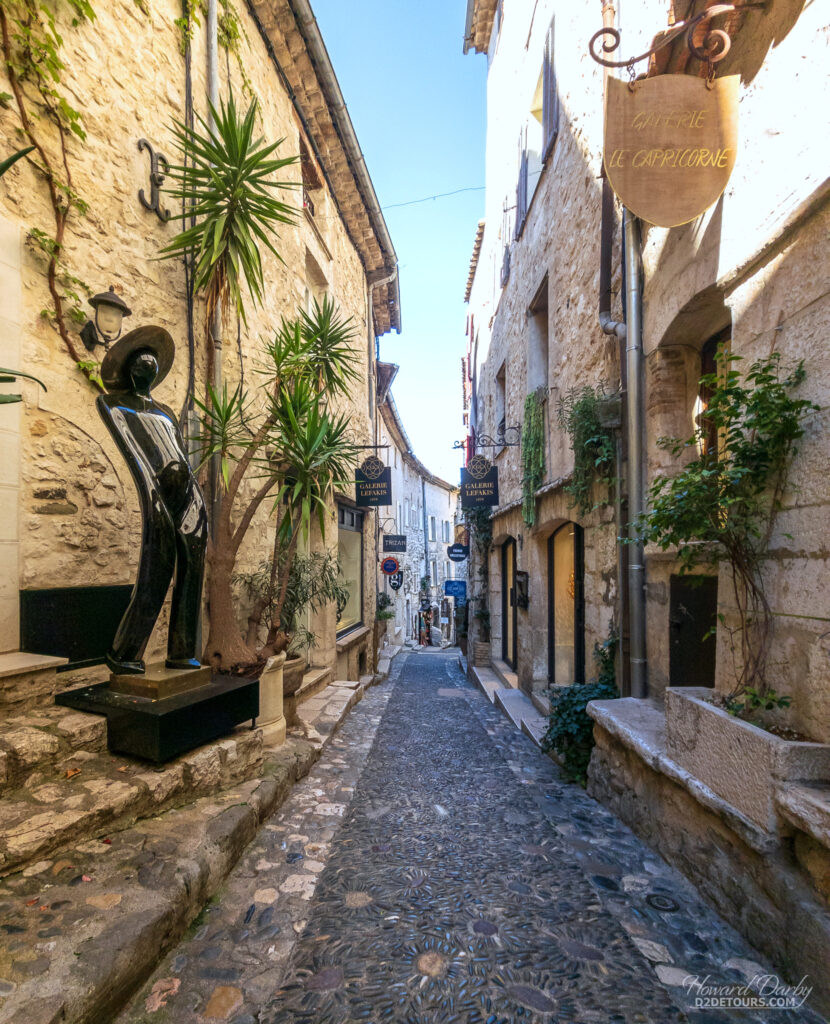
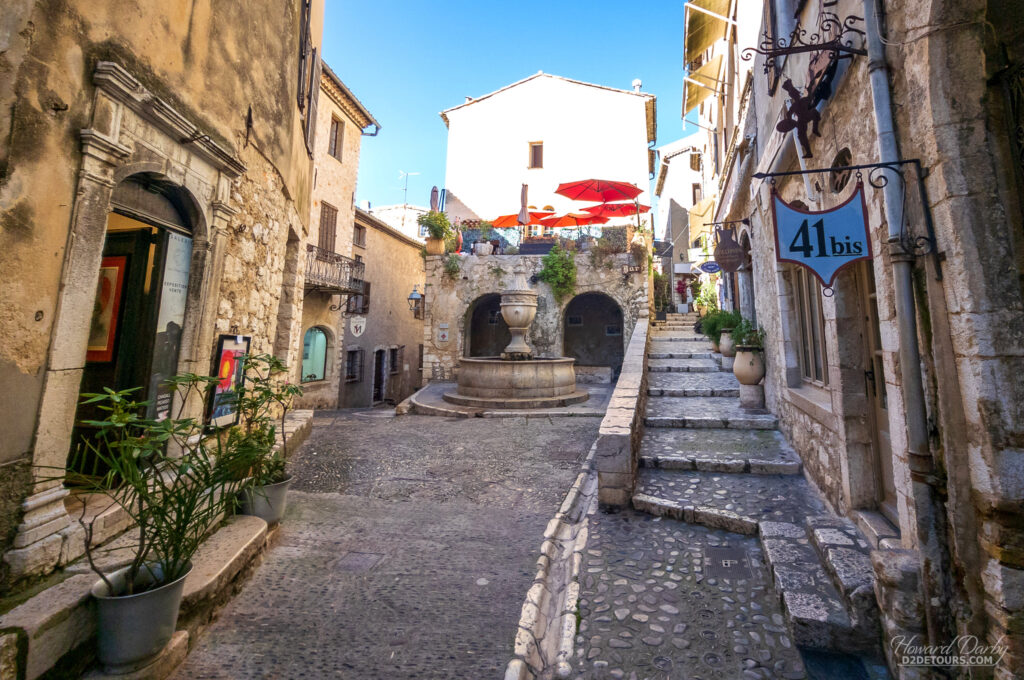
Shifting alliances in the latter half of the 14th century put this hilltop village at the forefront of territorial battles between the French and the Italians. The ramparts erected by the French required some reinforcement in the 16th century, but otherwise have remained unchanged and afford one a spectacular view.
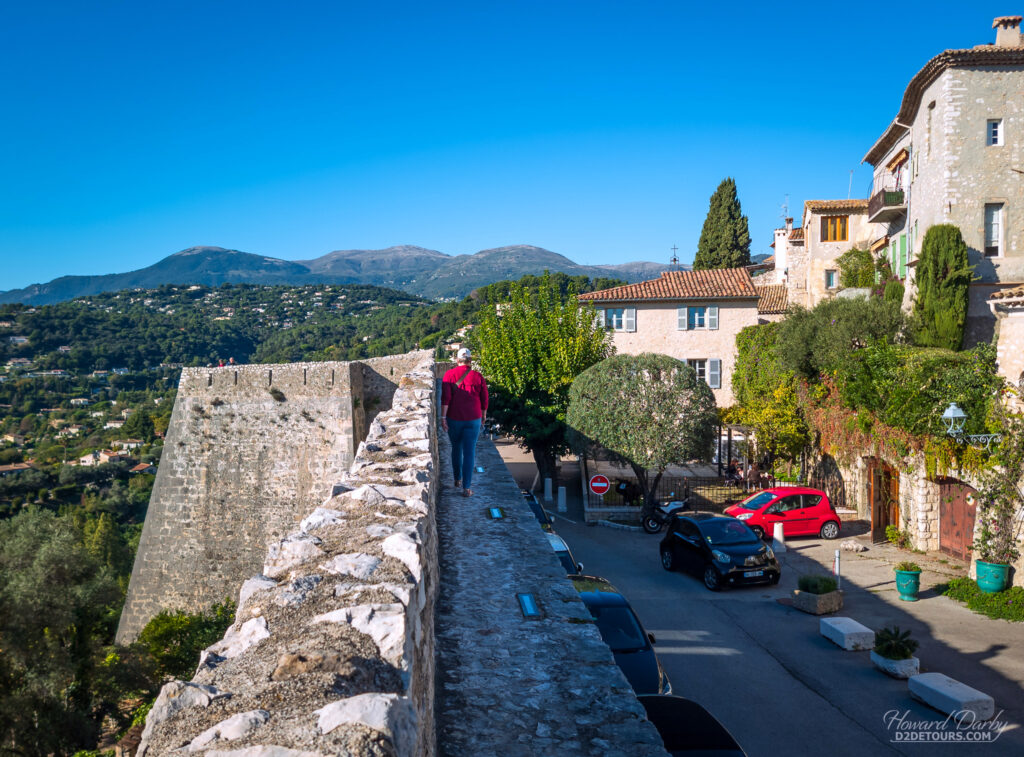
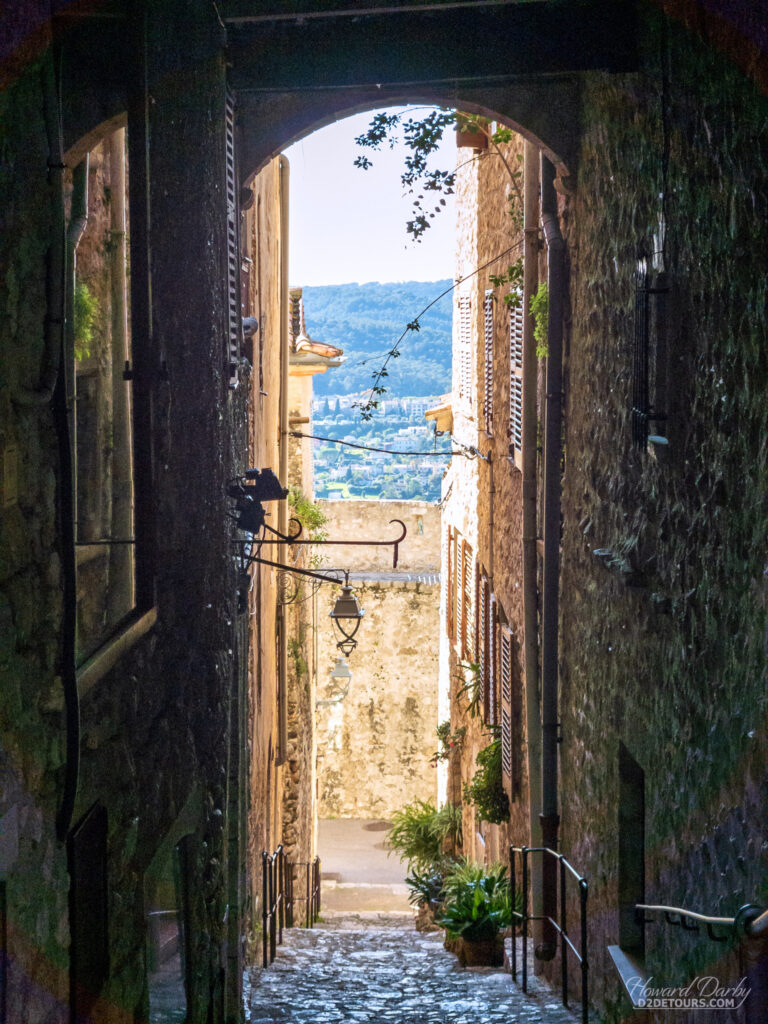
The pleasure we took walking through this storybook village had a lot to do with the time of year. Apparently the volume of tourists in the summer is insane; we were virtually alone as we explored. Perfection!
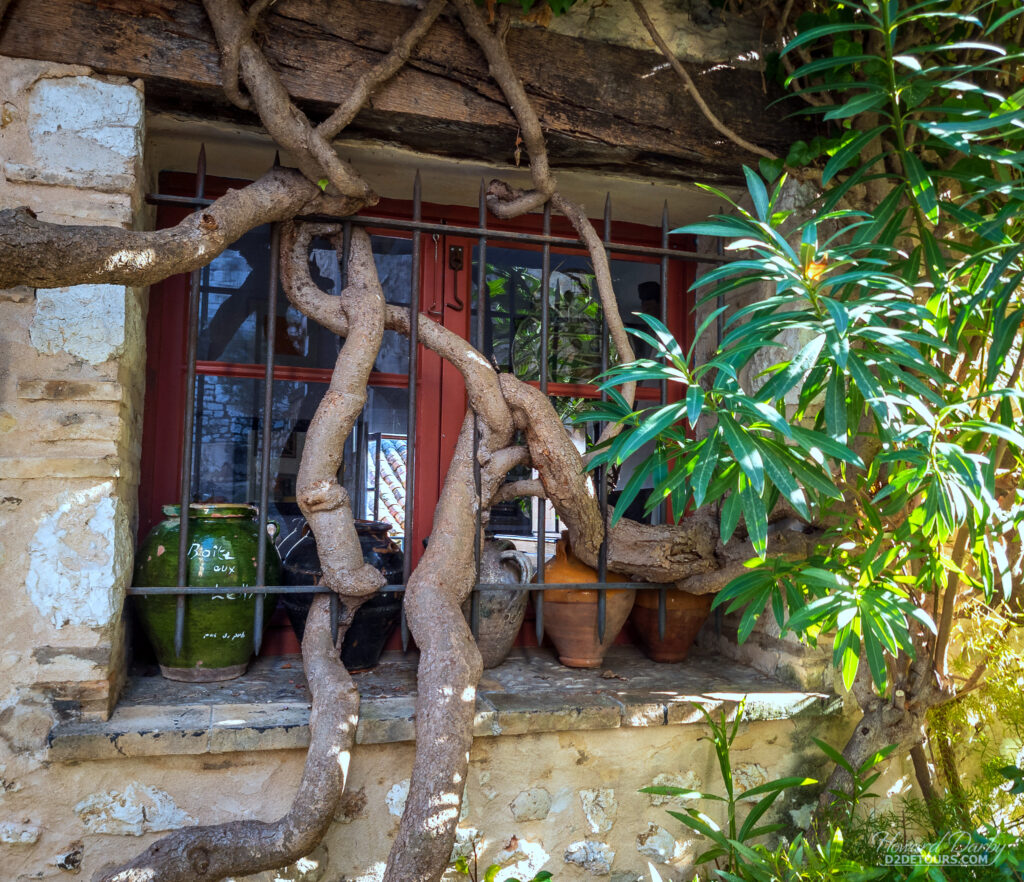
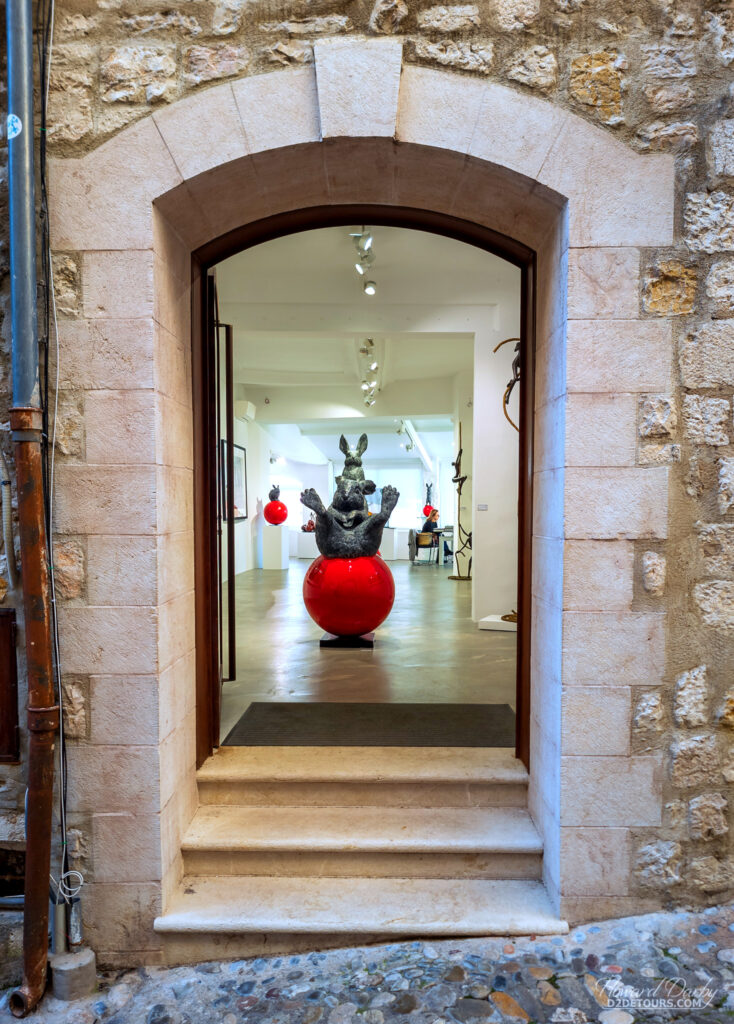
Us – Juan-les-Pin is undoubtedly a resort town. Many businesses shut down for the season at the end of October, yet it retained a “lived-in” vibe unlike Benicàssim, Spain which felt like a ghost town by mid-November. The end of October also brought a distinct temperature change, almost as if someone had flicked a switch. It was still pleasant enough for walking, but we traded our shorts and sandals for pants and light hoodies.

The local transportation system (either bus or train) was ideal for exploring the towns up and down the coast, and most importantly we felt very welcome – we didn’t experience any of that “French snobbery” you sometimes read about. All that being said, while we enjoyed our month on the French Riviera, we agreed that Spain or Portugal prevail as our preferred Autumn destination. Off to Tunisia!
Restaurants – In Canada, Tim Hortons is ubiquitous; in France, it is la boulangerie (the bakery). Bread is deeply rooted in French culture. In 18th-century France, bread was a dietary staple. If the bread supply was running low or the quality substandard, riots would ensue. Several historians point to crop failures, and the subsequent high cost of quality bread, as a significant contributing factor to the civil unrest which culminated in the French Revolution (1789). That Revolution not only witnessed the end of the French monarchy, punctuated by the beheading of Marie Antoinette and her husband, Louis XVI, it brought about changes to the country’s bread industry. The newly installed government resolved that “There will no longer be a bread of wheat for the rich and a bread of bran for the poor. All bakers will be held, under the penalty of imprisonment, to make only one type of bread: The Bread of Equality.” Not only was there equality in quality, the price would be the same across the country. That last resolution has not withstood the test of time, although the government continues to protect the quality. A baguette can vary in shape and size, however, it can only legally be called a baguette if the dough is made from “natural and necessary” ingredients (flour, water, salt, and yeast). If you add butter, for example, it is no longer a baguette.
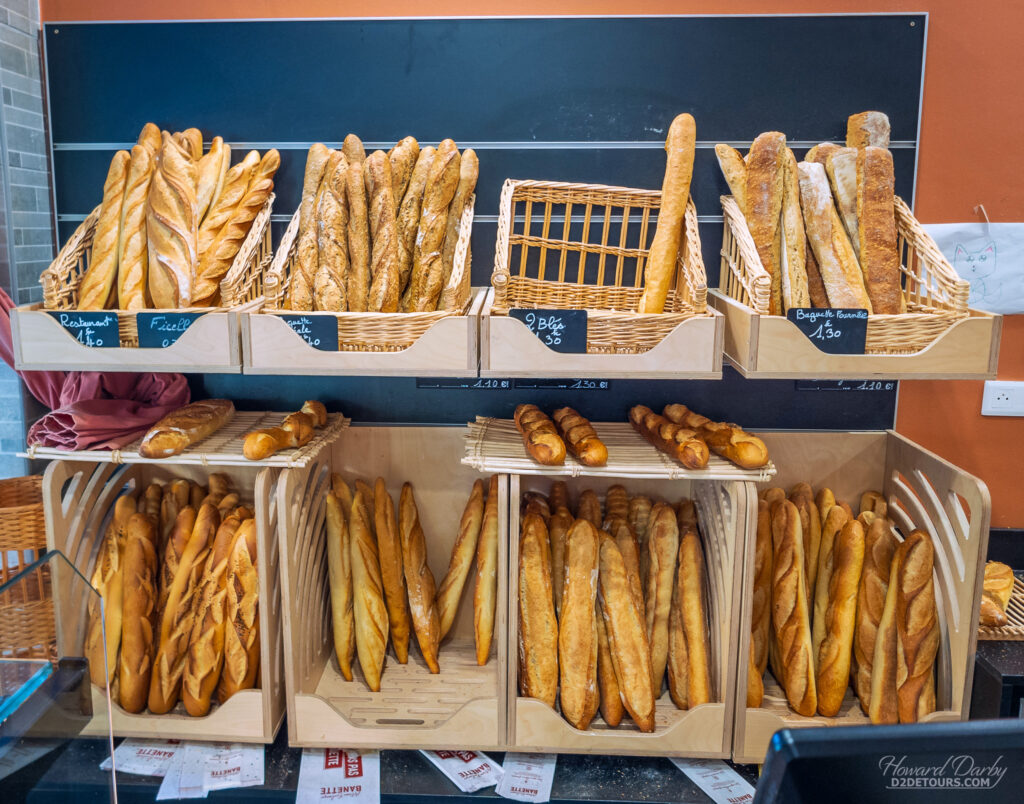
Be aware of the “breadiquette” surrounding consumption in public. Never start nibbling on a baguette before the first dish is served, and never cut it with a knife, use your fingers to break off bite-sized chunks. Butter or any other spread is rarely served alongside a baguette, though you are encouraged to use it to mop up any sauce on your plate. The final code of conduct, which seems to me to be the opposite of polite behaviour, is that when not filling your mouth with delectable chunks of bread, your baguette is set down directly on the table surface because most restaurants do not provide side plates.
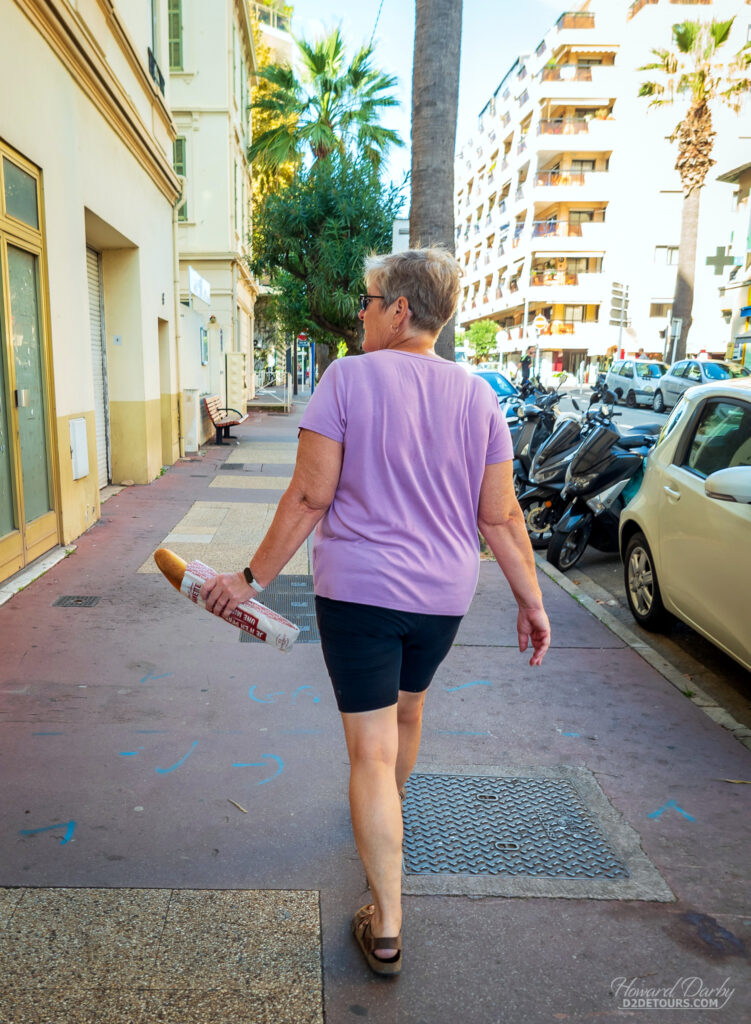
Speech – Canada has two official languages, English and French. Every product sold in Canada must meet bilingual requirements, and while it is no longer part of the curriculum, French was a compulsory subject when we were both in school. Despite that exposure, only about 20% of the country is fully bilingual; we are not part of that percentage. Conversely, according to a variety of statistical sites, between 50 and 60% of the population of France is reasonably proficient in English; we did not run into any of those people.
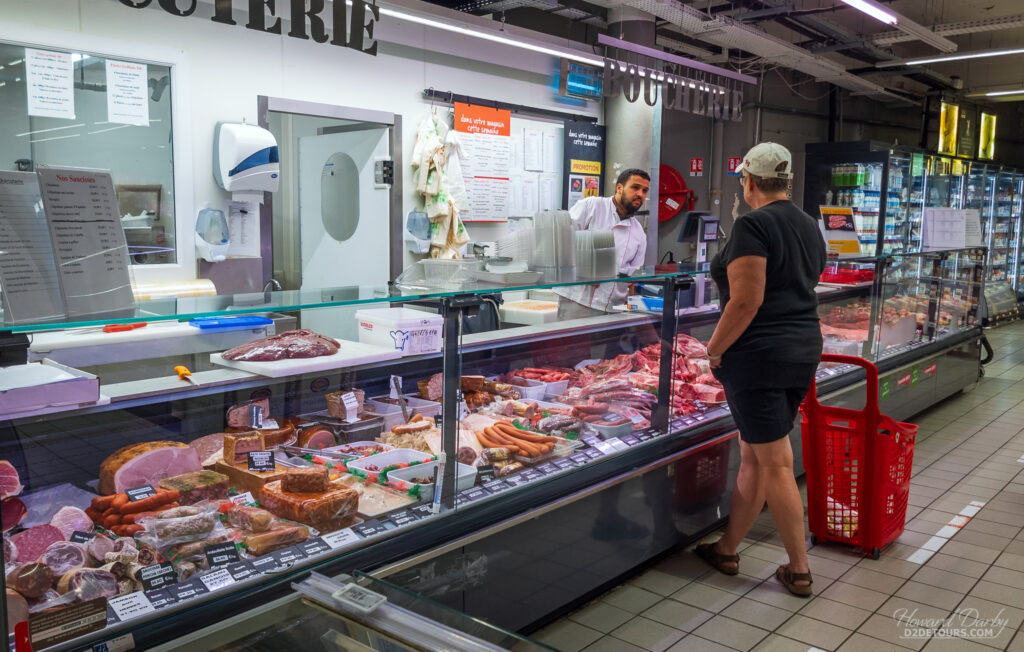
Politeness is extremely important to the French, and beginning with a bonjour (hello) or bonsoir (good evening) set all of our interactions off on the right foot. Anytime we shared the elevator in our building with another resident, they always wished us a bonne journée (have a good day) upon exiting. The proper response to which is: merci, à vous aussi (thank you, to you as well).
The following words and phrases served us well and when we couldn’t formulate a complete sentence combined nicely with hand signals and pointing:
- Bonjour (Bohn-zhoor) – Hello;
- Bonsoir (Bohn-swahr) – Good evening;
- Ça va (sah | vah) – How are you?
- Je vais bien, merci (Zhe | vey | byen | mare-see) – I’m doing well, thank you;
- Au revoir (Oh-rev-whah) – Goodbye;
- Bonne journée (Bone | zhoornay) / Passe une bonne journée (Pass | oown | bone | zhoornay) – both of these phrases mean have a nice day, yet using passe une bonne journée seemed to elicit a friendly reply;
- S’il vous plaît (sill | voo | play) – Please;
- Merci / Merci beaucoup (Mare-see / Mare-see | bow-coo) – Thank you / Thank you very much;
- Pas de quoi (Pah | de | kwah) – You’re welcome;
- Da rien (duh | ree-en) – No problem;
- Oui (wee) / Non (noh) – Yes / No;
- Je voudrais (Zhe | voo-dray) – I would like …
- Je prendrai (Zhe | prawn-dray) – I will have or I will take …
- Celui-là (m) (cel-wee-la) or celle-là (f) (cell-la) – That one (with the difference being whether the item in question is feminine or masculine – another level of complexity in French!)
- Combien ça coûte? (Com-byen | sah | coot) – How much is it?
- C’est tout (Say | t0o) – That’s all or that’s it;
- Numbers – zéro (zeh-ro) / un (uh) / deux (duh) / trois (twah) / quatre (kat-ruh) / cinq (sank) / six (cease) / sept (set) / huit (wheat) / neuf (nuhf) / dix (dees);
- Excusez-moi (eh-skoo-say | mwa) – Excuse me (when trying to get someone’s attention);
- Pardon (Par-d’aw) – Sorry (when moving past someone or as an apology).
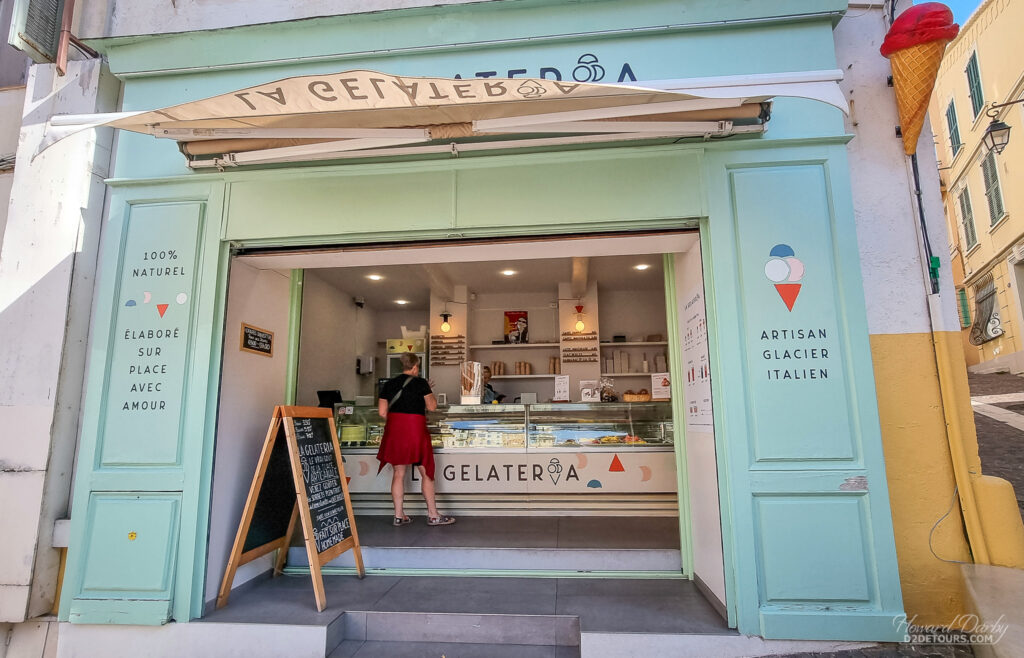
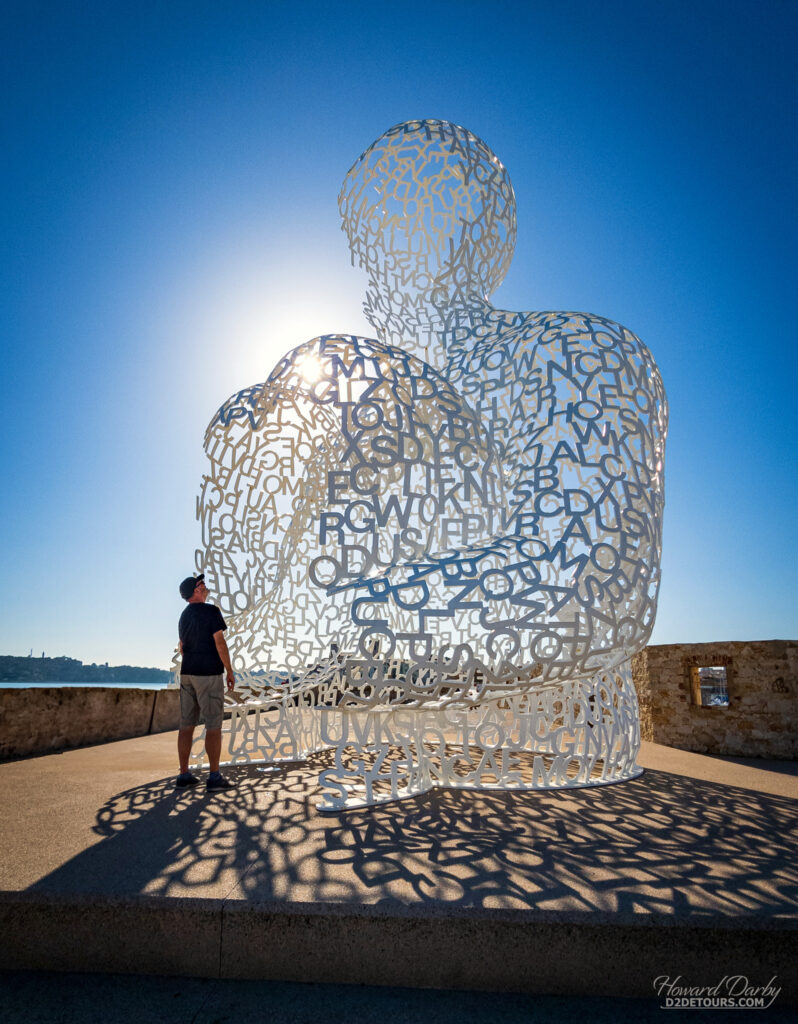

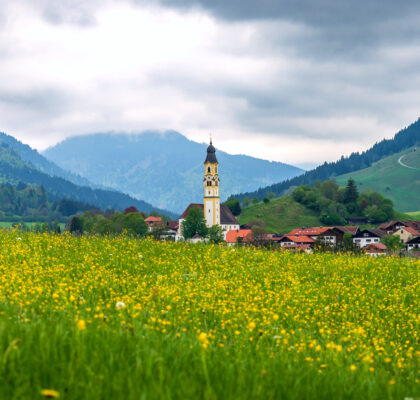
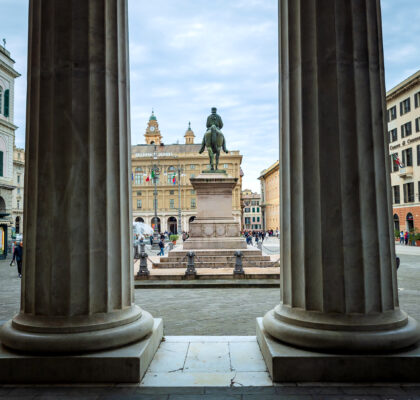
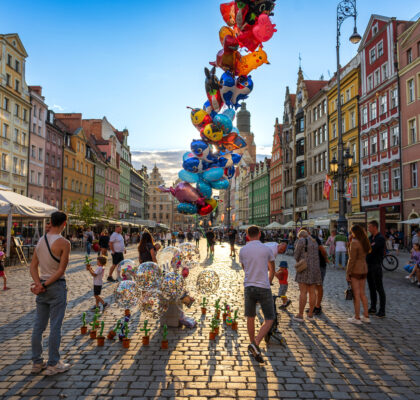
Pingback: Road Trip around Northern Tunisia - D2 Detours
Pingback: Our Top 10 Destinations for Long Stays - D2 Detours